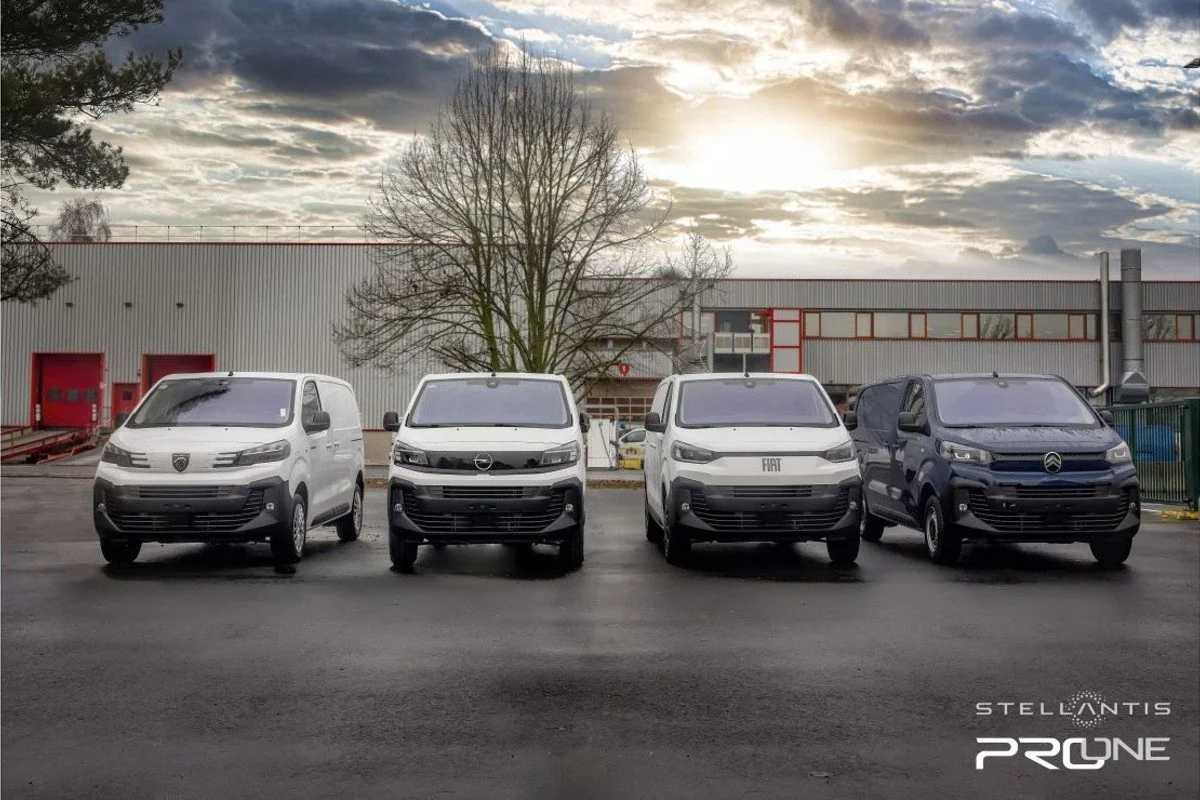Stellantis, the multinational automotive manufacturer, is set to significantly expand its production capacities for fuel cell vehicles, with a goal of producing 100,000 such vehicles per year by 2030, primarily focusing on light commercial vehicles.
The company has already introduced fuel cell drives for its medium-sized and large vans, produced at plants in Hordain, France, and Gliwice, Poland, with production of the fuel cell versions commencing at the beginning of this year. However, this is just the beginning, as Jean-Michel Billig, head of Stellantis’ hydrogen programme, revealed to German newspaper Welt am Sonntag.
Billig stated, “This year, we are starting production of larger vehicles in Poland, and development in North America will follow quickly – especially for the fuel cell version of the large Ram 5500.” The new version of the Ram 5500 pickup truck will be manufactured in Mexico. The Ram 5500 is an over seven-meter-long version of the well-known pickup model, equipped with dual tyres on the rear axle to increase the payload.
Regarding market forecasts for fuel cell vehicles, Billig noted, “In the coming decade, we expect a significant market share for this technology, which could be up to 40 per cent for commercial vehicles.” Stellantis sees batteries and fuel cells as complementary technologies, catering to different applications and ensuring there will be demand for both.
However, for Stellantis to reach its production target of 100,000 units per year, demand must develop rapidly. Billig mentioned that Stellantis had only sold 350 units since the start of orders for medium-sized commercial vehicles with fuel cell drives at the end of 2022.
The current range of Stellantis’ Fuel Cell Electric Vehicles (FCEVs) includes four technically identical models in two sizes. The medium-sized vans in the five-meter class include the Citroën ë-Jumpy, Fiat Professional E-Scudo, Opel/Vauxhall Vivaro, and Peugeot E-Expert. These hydrogen versions are expected to have a range of up to 400 kilometers (compared to approximately 350 kilometers for the battery electric version), with significantly shorter refueling times. The large vans in the Sprinter class are the Citroën ë-Jumper, Fiat Professional E-Ducato, Opel/Vauxhall Movano, and Peugeot E-Boxer, promising a range of up to 500 kilometers, while the battery version has a range of around 400 kilometers.

